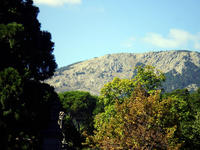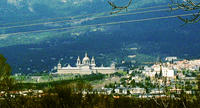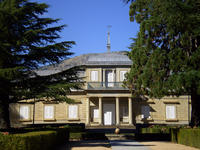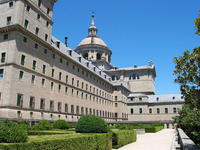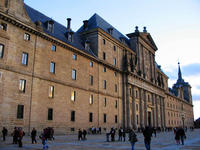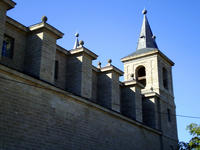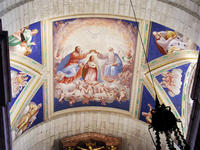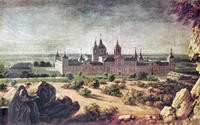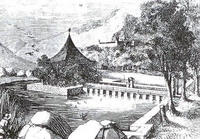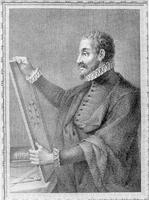You are in: Europe -> Spain -> Monastery and Site o... , and traditional search or Image Gallery will yield results of this site only
Monastery and Site of the Escurial, Madrid
| Site number: | 318 |
|
| Type of site: | Cultural | |
| Date: | 16th century | |
| Date of Inscription: | 1984 | |
| Location: | Europe, Spain, San Lorenzo de El Escorial, Province and Autonomous Community of Madrid | |
Up to 75 images are shown here. Click on each for more details or on Image Gallery for more images.
Six official UN languages:
Arabic,
Chinese,
English,
French,
Russian,
Spanish
Other languages: Czech, Dutch, Esperanto, Finnish, German, Hebrew, Hungarian, Italian, Japanese, Macedonian, Polish, Portuguese, Swedish, Low German
Other languages: Czech, Dutch, Esperanto, Finnish, German, Hebrew, Hungarian, Italian, Japanese, Macedonian, Polish, Portuguese, Swedish, Low German
| Description: | The Escurial Monastery, which was erected in the late 16th century on a plan in the shape of a grill (the instrument of St Lawrence’s martyrdom), rests in a remarkably striking site in Castile. Its severe architecture, a break with earlier styles, noticeably influenced Spanish architecture for more than half a century. It was a mystic king’s retreat and became, in Philip II's last reigning years, the period’s greatest political power’s nucleus. --WHMNet paraphrase from the description at WHC Site, where additional information is available. | |
| El Escorial, the Royal Monastery of San Lorenzo El Real (also known as the Monasterio de El Escorial or simply El Escorial) is located about 45 km (28 mi) northwest of the Spanish capital, Madrid. El Escorial comprises two architectural complexes of great historical and cultural significance: El Real Monasterio de El Escorial itself and La Granjilla de La Fresneda, a royal hunting lodge and monastic retreat about five km away. These sites have a dual nature; that is to say, during the 16th and 17th centuries, they were places in which the temporal power of the Spanish monarchy and the ecclesiastical predominance of the Roman Catholic religion in Spain found a common architectural manifestation. El Escorial was, at once, a monastery and a Spanish royal palace. Originally a property of the Hieronymite monks, it is now an Augustinian monastery. Philip II of Spain, reacting to the Protestant Reformation sweeping through Europe during the sixteenth century, devoted much of his lengthy reign (1556-1598) and much of his seemingly inexhaustible supply of New World gold to stemming the Protestant tide. His protracted efforts were, in the long run, partly successful. However, the same counter-reformational impulse had a much more benign expression, thirty years earlier, in Philip's decision to build the complex at El Escorial. Philip engaged the Spanish architect, Juan Bautista de Toledo, to be his collaborator in the design of El Escorial. Juan Bautista had spent the greater part of his career in Rome, where he had worked on the basilica of St. Peter's, and in Naples, where he had served the king's viceroy, whose recommendation brought him to the king's attention. Philip appointed him architect-royal in 1559, and together they designed El Escorial as a "perpetual home for the Catholic Crown of Spain".[citation needed] It has also been called "an expression in stone of Catholicism in Spain; an answer, solid and unified, to the disintegration of the Christian universe." On November 2, 1984, UNESCO declared The Royal Site of San Lorenzo of El Escorial a World Heritage Site. It is an extremely popular tourist attraction, often visited by day-trippers from Madrid. --Wikipedia. Text is available under the Creative Commons Attribution-ShareAlike License. | ||
| Source: | http://whc.unesco.org/en/list/318 | |
| Reference: | 1. UNESCO World Heritage Center, Site Page. | |


